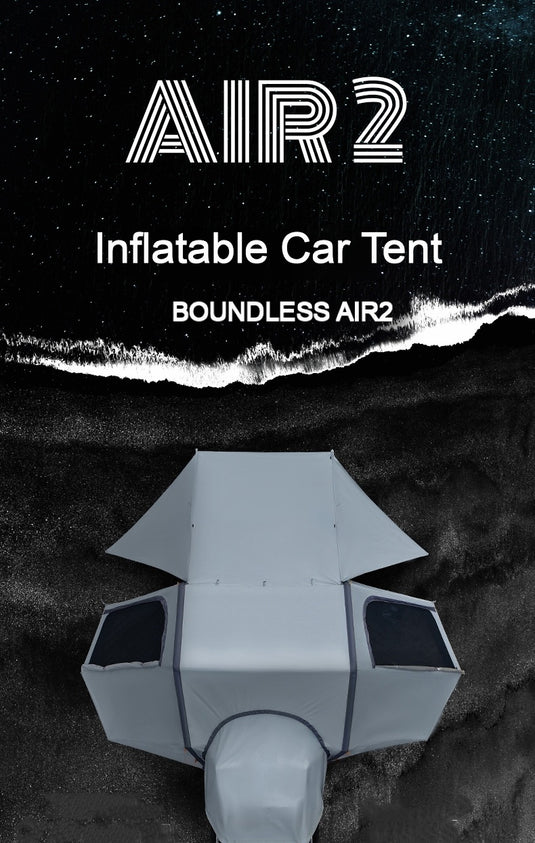For those who live by the creed of "fast and light" in the great outdoors, every ounce of gear counts. Minimalists, thru-hikers, and ultralight enthusiasts all share a common goal: to reduce their pack weight and embrace the freedom of lightweight adventure. In this comprehensive guide, we'll delve deep into the world of ultralight sleeping bags, where the watchwords are weight and packability. Discover how to prioritize these essential features while still ensuring a comfortable and restful night's sleep on your lightweight outdoor escapades.

Part 1: The Weight Obsession
For those committed to minimizing their pack weight, the weight of the sleeping bag itself is a critical consideration. In the pursuit of ultralight adventures, here's what you need to know.
1.1 The Weight Spectrum
Ultralight sleeping bags are categorized by weight. Typically, these bags fall within the range of 1 to 2 pounds (0.45 to 0.9 kilograms). When considering a sleeping bag, start by establishing your weight limit based on your personal goals and the specific requirements of your adventure. Knowing your weight threshold will help you narrow down your options effectively.
1.2 Insulation Type
One key factor influencing weight is the type of insulation. Down sleeping bags tend to be lighter compared to their synthetic counterparts. However, keep in mind that down can lose its insulating properties when wet, so a waterproof stuff sack is a wise investment.
1.3 Temperature Ratings and Seasonality
Ultralight bags often come with temperature ratings that suit warmer weather. The aim is to reduce weight by using a lighter insulation fill. Ensure your chosen bag matches the expected conditions of your adventure. Ultralight bags are typically designed for three-season use and are not suitable for extreme cold.
Part 2: The Art of Packability
Packability is another cornerstone of ultralight adventuring. The ability to compress your sleeping bag efficiently allows you to maximize space in your backpack. Let's explore the key packability factors.
2.1 Compressed Size
The compressed size of your sleeping bag matters for ultralight hikers. Look for bags that come with compression stuff sacks or are designed to pack down efficiently. Keep in mind that down insulation typically compresses more effectively than synthetic insulation, making it a preferred choice for those with limited backpack space.
2.2 Lightweight Materials
Ultralight sleeping bags are often constructed using lightweight materials, both for the shell and the insulation. These materials are designed to be durable enough for their intended use but not overburdened with unnecessary weight. Consider the denier rating, as a higher denier count can indicate increased durability.
2.3 Minimalist Design
Ultralight sleeping bags often feature a minimalist design. This means fewer additional features, such as fewer pockets or draft tubes. While this reduces weight and pack size, it's crucial to ensure the bag still meets your basic needs for comfort and warmth.

Part 3: Balancing Comfort and Weight
For ultralight adventurers, striking the right balance between weight and comfort is essential. Here are some tips to help you make the best choices.
3.1 Ultralight Gear Trade-offs
Understand that pursuing an ultralight adventure often involves trade-offs. While you can significantly reduce weight, you may sacrifice some comfort features such as roominess and extra insulation. Assess what compromises you are willing to make based on the demands of your adventure.
3.2 Customization
Consider customizing your gear to achieve the ideal balance between weight and comfort. For instance, you might use a lighter sleeping bag for the summer and add layers of clothing or an ultralight quilt for extra warmth in cooler conditions. Adapt your gear to the specific requirements of each trip.
3.3 Multifunctional Gear
Look for gear that serves multiple purposes to minimize weight and bulk. For instance, a lightweight down jacket can double as a camp jacket and an extra layer in your sleeping bag for added warmth. This reduces the need for carrying additional gear.

Embracing the ultralight approach to outdoor adventures can be immensely rewarding, offering the freedom to explore more with less. By focusing on the weight and packability of your sleeping bag, you'll be well-equipped to embark on incredible journeys while keeping your backpack as light as possible. Remember that while ultralight gear may come with some trade-offs, the experience of traveling fast and light in the outdoors is a unique and fulfilling one. So, prioritize weight and packability, customize your gear, and venture forth to create unforgettable memories in the world of ultralight adventure.




